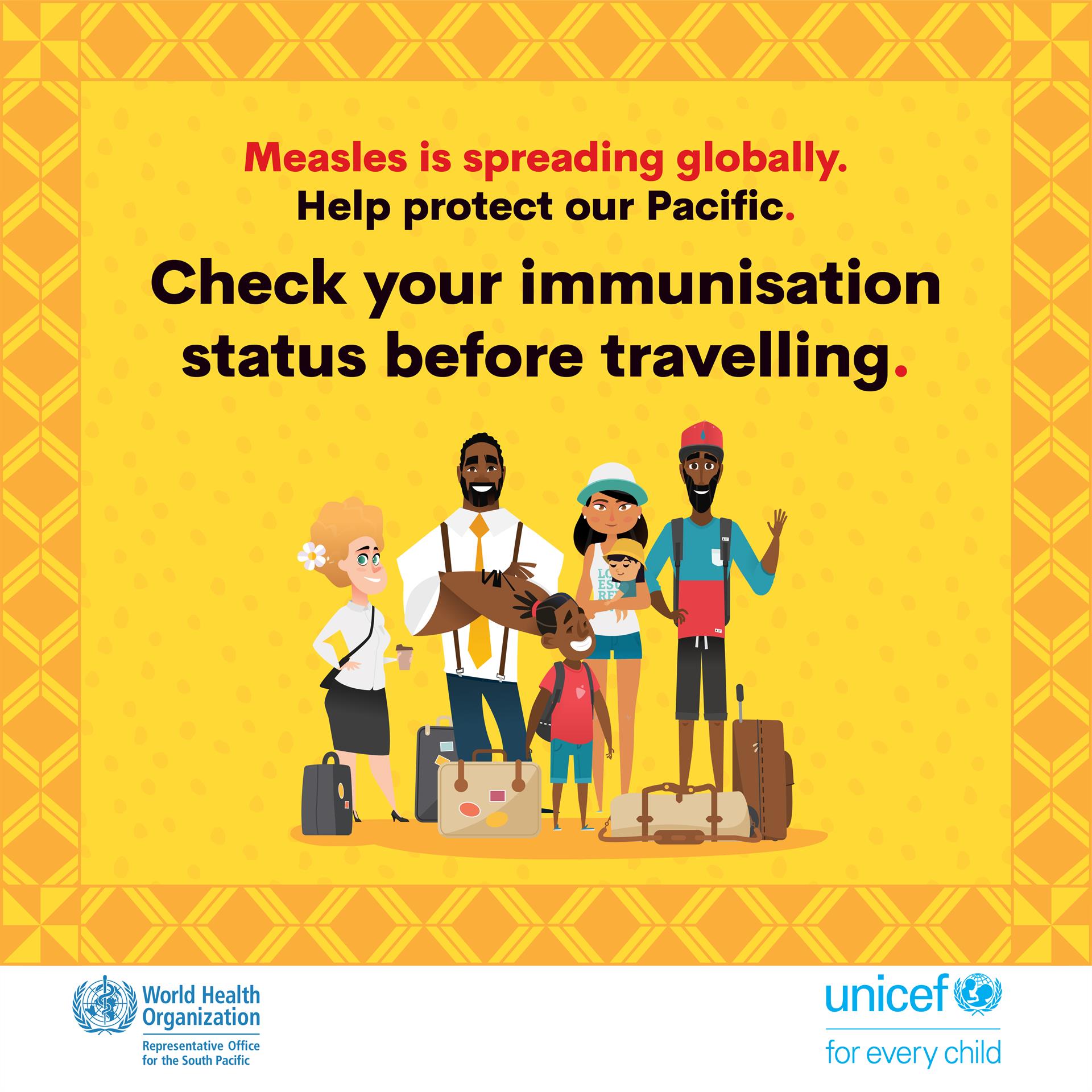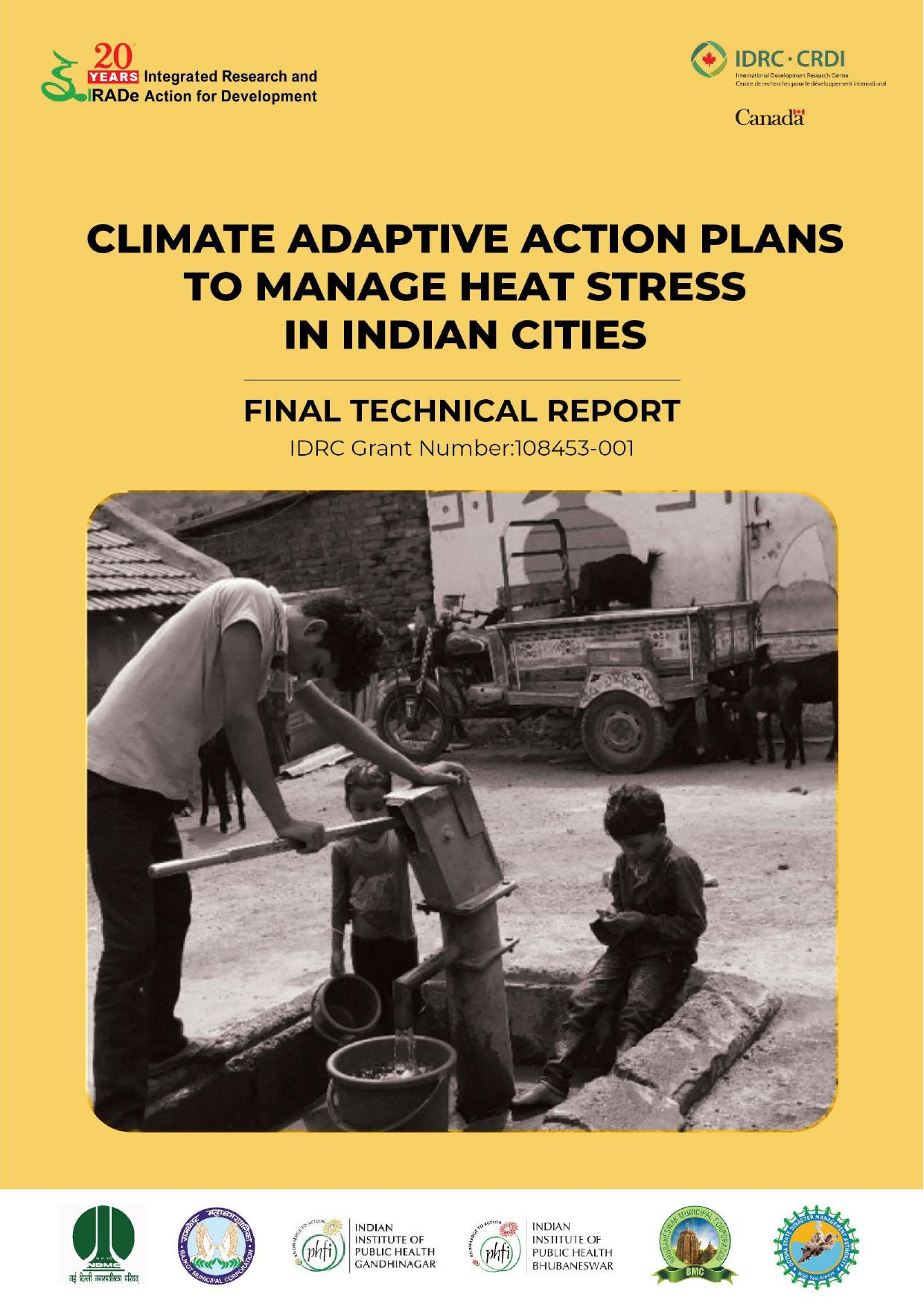Understanding And Addressing The Persistence Of Measles Outbreaks

Table of Contents
Factors Contributing to Measles Outbreak Persistence
Several interconnected factors contribute to the persistent threat of measles outbreaks, even in the face of readily available vaccines. Understanding these factors is crucial for developing effective control strategies.
Low Vaccination Rates
High vaccination coverage, achieving herd immunity, is paramount in preventing measles outbreaks. Herd immunity protects even those who cannot be vaccinated due to medical reasons. However, globally, vaccination rates remain suboptimal in many regions. This is largely due to:
- Vaccine hesitancy: Driven by misinformation spread through social media and unreliable sources, vaccine hesitancy undermines public health efforts. Fear-mongering campaigns falsely linking vaccines to autism, for example, have significantly impacted vaccination uptake.
- Access barriers: Geographical remoteness, poverty, and lack of access to healthcare services hinder vaccination efforts, particularly in developing countries. Reaching marginalized communities requires targeted strategies and dedicated resources.
- Vaccine shortages: In some regions, limited vaccine supplies and logistical challenges in vaccine distribution exacerbate the problem, leading to gaps in vaccination coverage.
Examples of challenges:
- Misinformation campaigns: The spread of false information about vaccine safety on social media platforms requires proactive counter-measures, including fact-checking initiatives and public health communication strategies.
- Challenges in reaching remote populations: Mobile vaccination clinics, community health workers, and tailored outreach programs are essential for ensuring access to vaccines in remote and underserved areas.
- Vaccine shortages in certain regions: International collaboration and resource allocation are vital to ensure adequate vaccine supply worldwide.
International Travel and Disease Importation
International travel acts as a significant facilitator in the rapid global spread of measles. Infected individuals can unknowingly transport the virus across borders, sparking outbreaks in areas with low vaccination rates or vulnerable populations. Unvaccinated individuals are particularly susceptible to infection and can act as vectors, further amplifying the spread.
- Statistics on measles importation cases: Data from the World Health Organization (WHO) consistently shows a link between international travel and the introduction of measles into previously unaffected regions.
- Examples of outbreaks linked to international travel: Several documented outbreaks have been directly traced to travelers returning from areas with ongoing measles transmission. These outbreaks underscore the need for robust travel health advisories and enhanced border control measures.
Immune System Compromises
Individuals with compromised immune systems, such as those with HIV/AIDS, undergoing cancer treatment (chemotherapy), or receiving organ transplants, are significantly more vulnerable to severe measles complications. Protecting these vulnerable populations is a critical aspect of measles prevention and control.
- Examples of immunocompromised individuals at risk: People living with HIV, those undergoing immunosuppressive therapy, and individuals with congenital immunodeficiencies are at heightened risk of severe measles infection.
- Strategies for protecting vulnerable groups: Prioritizing vaccination for close contacts of immunocompromised individuals and implementing infection control measures in healthcare settings are crucial strategies.
Strategies for Effective Measles Prevention and Control
Combating the persistence of measles outbreaks requires a multi-pronged approach focusing on improving vaccination coverage, strengthening surveillance and response systems, and fostering global collaboration.
Improving Vaccination Coverage
Increasing vaccination rates remains the cornerstone of measles prevention. This involves:
- Targeted vaccination campaigns: Implementing focused campaigns in areas with low vaccination coverage, addressing specific community needs and concerns.
- Community engagement: Building trust and addressing vaccine hesitancy through community dialogues, educational programs, and engaging local leaders.
- The role of healthcare professionals: Healthcare providers are pivotal in promoting vaccination, answering questions, and addressing concerns about vaccine safety.
Examples of successful vaccination campaigns: Many countries have demonstrated the effectiveness of targeted campaigns coupled with community engagement in achieving high vaccination rates and eliminating measles.
Strengthening Surveillance and Response Systems
Early detection and rapid response to outbreaks are essential for limiting their spread.
- Effective surveillance systems: Robust surveillance systems allow for prompt identification of measles cases, enabling timely implementation of control measures.
- Rapid outbreak response: Strategies like contact tracing, isolation of infected individuals, and targeted vaccination campaigns in affected areas are crucial for containment.
Examples of effective surveillance systems: Real-time data collection and analysis, coupled with strong laboratory capacity for rapid measles virus confirmation, are vital components of effective surveillance.
Global Collaboration and International Health Regulations
International cooperation is critical in preventing the global spread of measles.
- International collaborations: Sharing best practices, coordinating vaccination efforts, and providing technical assistance to countries in need are crucial steps towards measles elimination.
- Adherence to international health regulations: Strict adherence to international health regulations governing the reporting and control of infectious diseases is paramount in preventing cross-border transmission.
Examples of international collaborations: The WHO plays a vital role in coordinating global measles eradication efforts, providing technical guidance, and supporting national vaccination programs.
Conclusion
The persistence of measles outbreaks underscores the critical need for sustained global efforts in vaccination, surveillance, and response. Low vaccination rates, international travel, and compromised immune systems all contribute to the continued spread of this preventable disease. By strengthening vaccination programs, improving surveillance systems, and fostering international collaboration, we can significantly reduce the incidence of measles and ultimately work towards measles elimination. Let's collectively commit to eliminating measles outbreaks through robust vaccination strategies and a unified global approach. Understanding and addressing the persistence of measles outbreaks is vital for safeguarding public health worldwide.

Featured Posts
-
 Success Breeds Success Honda Bikes And Winning Riders
May 30, 2025
Success Breeds Success Honda Bikes And Winning Riders
May 30, 2025 -
 Thorup Weg Bij Augsburg De Zoektocht Naar Een Opvolger Begint
May 30, 2025
Thorup Weg Bij Augsburg De Zoektocht Naar Een Opvolger Begint
May 30, 2025 -
 Glastonbury Festival Resale Chaos Fans Battle For Tickets
May 30, 2025
Glastonbury Festival Resale Chaos Fans Battle For Tickets
May 30, 2025 -
 Role Models The Longest Goodbye Tour New Paris And London Dates Added
May 30, 2025
Role Models The Longest Goodbye Tour New Paris And London Dates Added
May 30, 2025 -
 Sustainable Solutions For Urban Heat New Materials For Indian Cities
May 30, 2025
Sustainable Solutions For Urban Heat New Materials For Indian Cities
May 30, 2025
